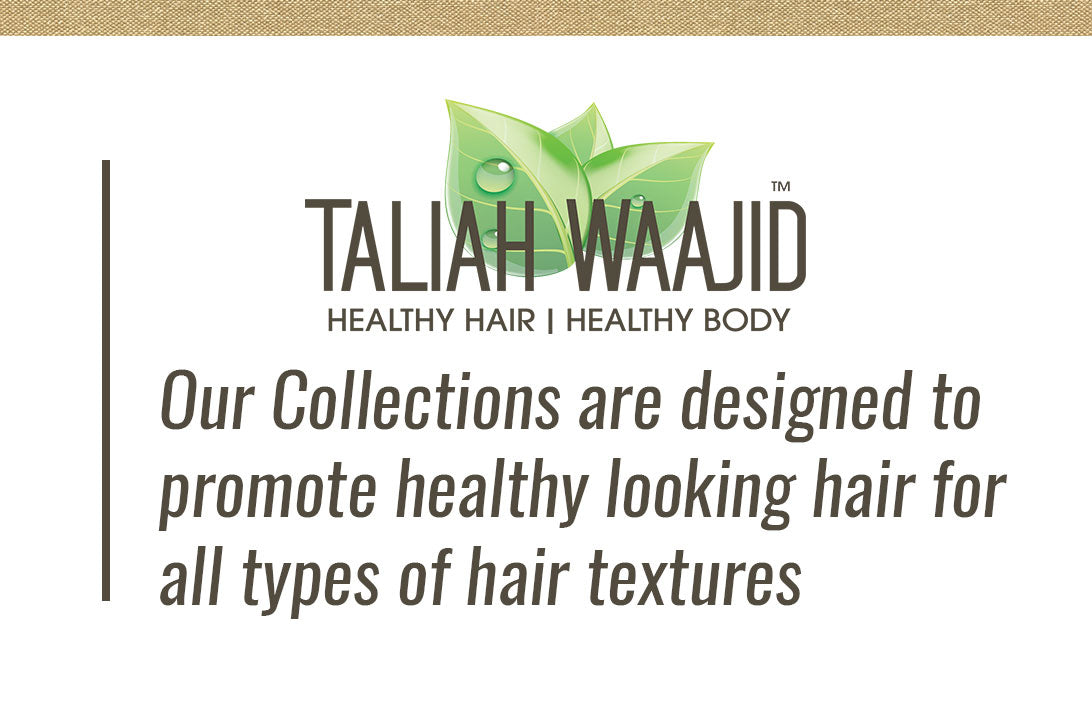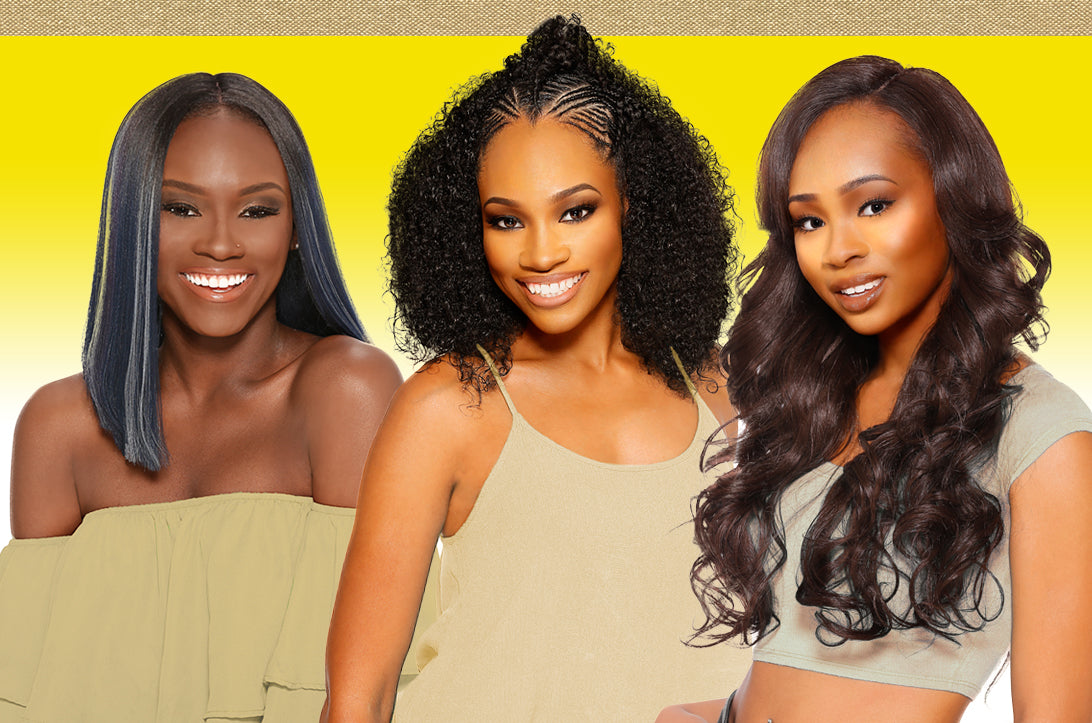Summer is on the way. Hooray! Except curly and wavy girls everywhere know that with summer comes heat and humidity…and along with that the dreaded frizz. In this blog, we’ll tackle all the ways you can control your frizz, so you can enjoy happy and healthy hair. Let’s get started!
What is Frizzy Hair?
Frizzy hair occurs when different individual hair fibers run in multiple directions. When your hair is frizzy, it’ll appear rough and dry instead of smooth and defined. Frizz can be especially problematic for those with thick, curly, and wavy hair.
Frizz occurs most often when the cuticle layer of your hair is raised. This is because moisture passes through and causes the strands to swell. Your cuticle layer refers to the outermost layer of the hair strand that protects the innermost layers of the hair shaft.
To picture the cuticle layer, imagine shingles on a roof. The hair is made up of several different layers of keratin protein, the cuticle (the external layer), and the inner layers known as the cortex and medulla. All these layers make up the unique characteristics of your hair and how it behaves. When the cuticle layer is properly sealed, it can retain moisture in the hair shaft for longer, which makes your hair less prone to frizz.
What Causes Frizzy Hair?
Frizz is caused by four primary factors.
1. Environment
The environment is a big factor when it comes to frizz. Hair fibers act like sponges. When they’re exposed to moisture, the hydrophobic bonds created with styling products break as moisture moves in and out of the hair fiber.
The diameter of the hair also matters. Frizz is misaligned hair fibers. The thicker the hair fiber, the more difficult it is to reshape and realign.
3. Level of curl
The curlier hair a person has the greater challenge it will be to realign the hair fibers.
4. Amount of damageThe amount of damage your hair has can also impact frizz. Split ends, cuticle loss, and breakage all contribute to that “frizzy” look because hair isn’t uniform and aligned.
Tips to Control Frizz
Now that you understand frizz for your wavy and curly hair, we’ll give you some tips to help tame it.
1. Avoid terry cloth towels for your hairSo many of us will throw our hair up in a normal terrycloth towel. However, cloth towels add damaging friction to your hair which can increase frizz. Instead, invest in a microfiber towel to use on your hair. Microfiber towels reduce both frizz and drying time because they’re a super-absorbent fabric. It smooths down the cuticle and reduces frizz.
The right way to use a terry cloth towel is to crunch out most of the water with your fingers while you’re still in the shower. Then, when you get out, don’t rub the towel all over your hair. This breaks up the curls you just spent time shaping! Instead, flip your head over and scrunch up your hair. This reduces frizz and speeds up drying time.
2. Dry using an air dryer, hood dryer, or diffuser
The drying phase of the styling process is when frizz often becomes apparent for waves, curls, and kinks. Depending on your hair type, you should try either air drying, hood drying, or diffusing. All of these can keep from disturbing the curl, which will prevent frizz.
3. Wash your hair 2-3 times a weekIf you’re experiencing a lot of frizz as someone with wavy hair, you could be washing your hair too often. Washing your hair more than a couple of times a week can deplete moisture and raise your hair cuticles. Both of these contribute to frizz.
4. Steer clear of long, hot showers
Did you know that long and hot showers can damage your hair? Hot showers damage the keratin protein and strip away the natural oil in your hair. This can make your hair both dry and frizzy. While it may feel good on your body, try not to stand in boiling water and rinse your hair in lukewarm or cold water as much as possible.
Frizz occurs when the hair runs in opposite directions. What’s the beginning of frizz? Split ends! If you notice that your hair is looking particularly frizzy lately, get a good haircut. This can help ease some of the frizz you’re experiencing by keeping your hair healthy. You should make a regular effort to get your hair trimmed every 6 to 8 weeks.
6. Use a moisturizing conditionerMoisturized hair is the happiest hair. When your curls and waves are dry, they are more likely to be damaged. And when they are damaged, they are more likely to frizz. So, regularly condition with a high-quality conditioner. Here is one we recommend:
Enhancing Herbal Conditioner
To make it most effective, finish shampooing and squeeze out all the extra moisture from your tresses. You should never wring your hair as this can cause breakage. Then, work your condition in from root to tip. Leave the conditioner in for 3 to 5 minutes before rinsing. If possible, use a deep conditioner at least once a week. This can be a major help when combating frizz. Here is a deep conditioner we recommend:
Green Apple & Aloe Nutrition Apple Cider Deep Conditioner
If you have curly or wavy hair, you know that a good conditioner is key. Some people struggle with distributing their condition throughout their hair. We recommend combing through your hair while conditioning in the shower. This not only helps with the distribution process but also helps it to absorb as the steam opens the hair follicle.
You may be tempted to brush out your hair when it’s wet. Do not do this! You can separate your curls and define your hairstyle with a wide-tooth comb or your fingers. That’s it! Brush your hair while wet will lead to breakage and brushing your hair while dry will lead to frizz.
3. Sleep on a satin pillowcaseAs you sleep, you toss and turn on your pillowcase. A normal cotton pillowcase can create friction and cause tangles, split ends, and breakage. Satin pillowcases reduce frizz-causing friction by minimizing hair breakage and reducing split ends.
4. Eliminate hot styling tools from your routineHot hair tools like hairdryers, curling irons, flat irons, etc. can leave hair dry and damaged which causes more frizz. Eliminate these styling tools from your routine or limit them as much as possible. If you must use them, apply a silicone-based serum beforehand to protect your hair from the heat.
5. Seal your hair with oil
Serums have silicones, which isn’t healthy for your hair. Instead, try coating your hair in almond oil or Jojoba oil. This will help your hair shine and form a barrier between the strands and the environment.
We recommend using oil in your hair, but don’t overdo it. When you completely drench your hair in oil it can do more harm than good. Remember that you’ll need to remove it eventually and using tons of shampoo can dry out your hair as well.
7. Don’t touch your hair
Are you someone who constantly has their hands in their hair? We all do it! We play with our hair absent-mindedly while we’re driving, reading, cooking, shopping, watching TV, or sitting on our phones or computers. Yet, this can be incredibly damaging to our hair and result in breakage, especially if the hair is wet. So, if you want to reduce frizz, you have to cut down on damage and that means keeping your hands out of your hair.
Choose your conditioner’s ingredients based on the weather. Glycerin-free products are best in humid conditions. Glycerin products are best during hot, dry weather.
Alcohol is not something you want in your hair products. Look for the following ingredients (Ethanol alcohol, Ethyl alcohol, Propanol alcohol, Alcohol denat, Isopropyl alcohol, Isopropanol alcohol, Benzyl alcohol), and skip products that include them.
9. Add honey or glycerin to your DIY hair masksDid you know that honey is a natural humectant? A humectant is a common moisturizing agent found in lotions, shampoos, and other beauty products used for hair and skin. Humectants are known for their ability to retain moisture while also preserving the overall properties of the product at hand. Glycerin is a humectant that pulls moisture from the air and keeps the hair hydrated and healthy.
When you add these ingredients to your hair masks, you help your hair retain much-needed moisture. That said, you should consider adding it only when the environment calls for it. Humid conditions don’t warrant glycerin while hot, dry weather does.
Final Thoughts
Use these tips to handle any frizz that may come for your wavy or curly hair this summer as the environment changes.
Haircare is highly dependent on the weather. Learn how to create a holistic hair care routine regardless of the season with How to Keep Your Natural Hair Hydrated This Winter.
WRITE FOR US
Think you've got a fresh perspective that will challenge our readers to engage and educate themselves on how to attain a healthier self, hair and skin included? We're always looking for authors who can deliver quality articles and blog posts. Thousands of men and women will read your work, and you will level up in the process.
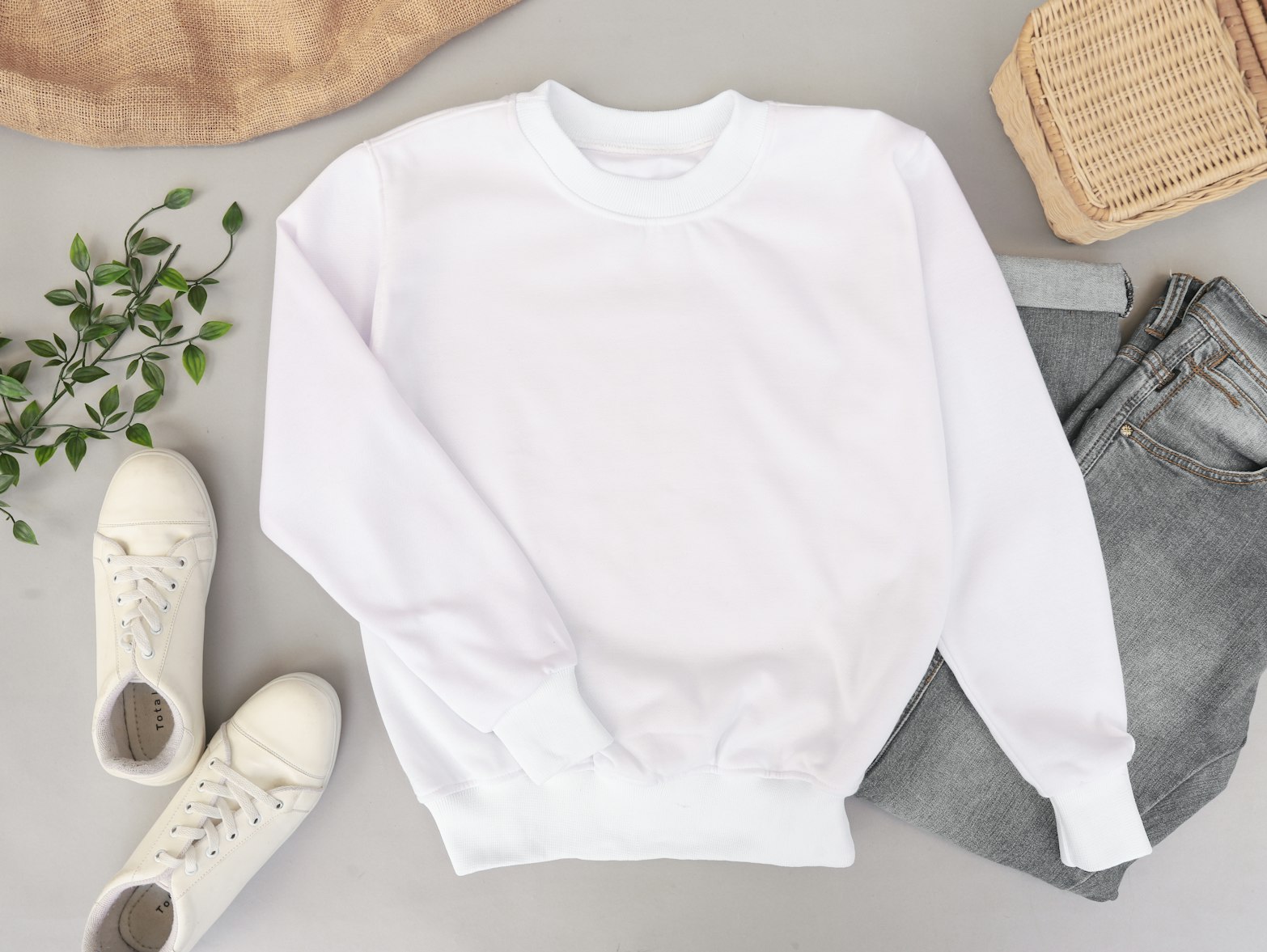
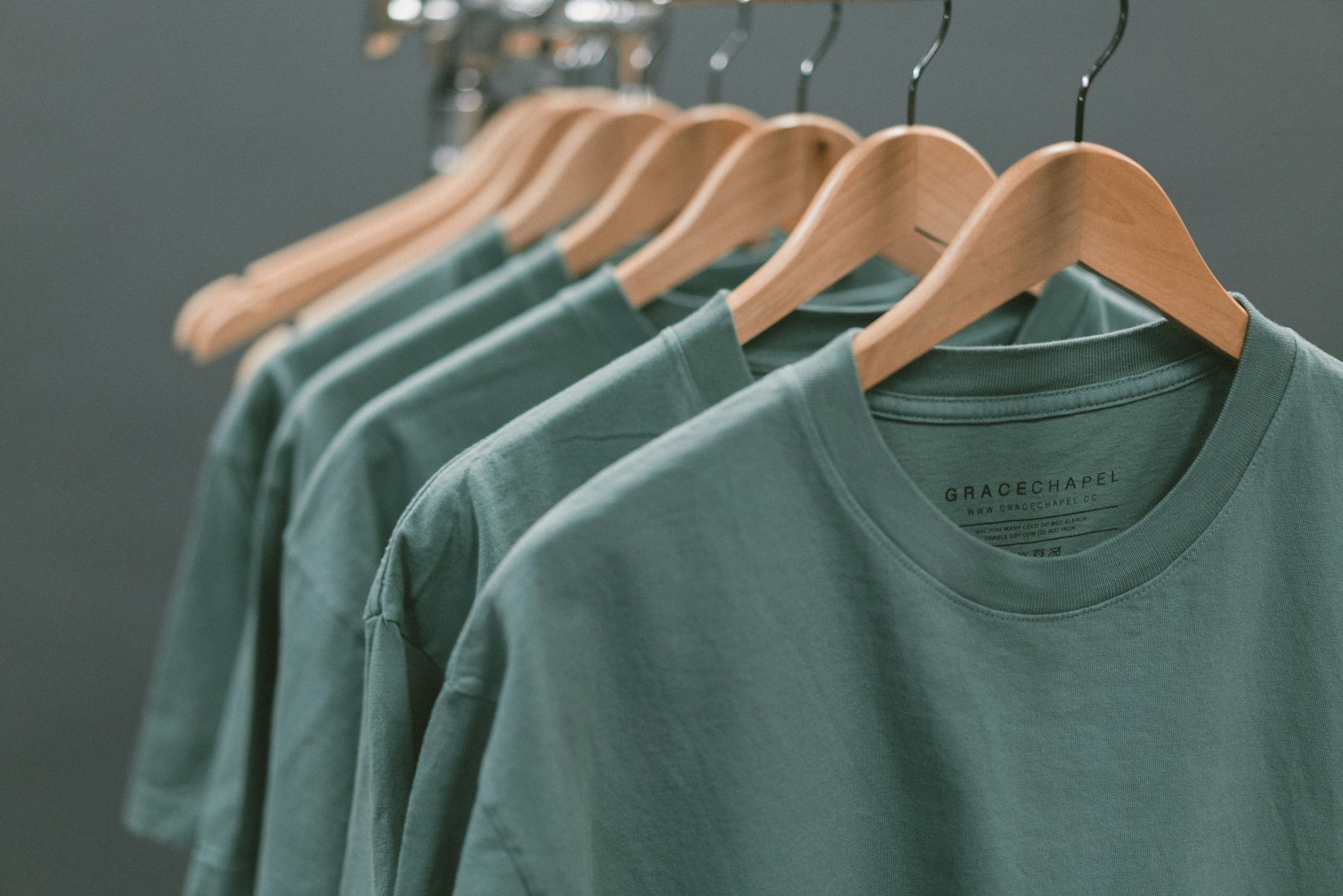
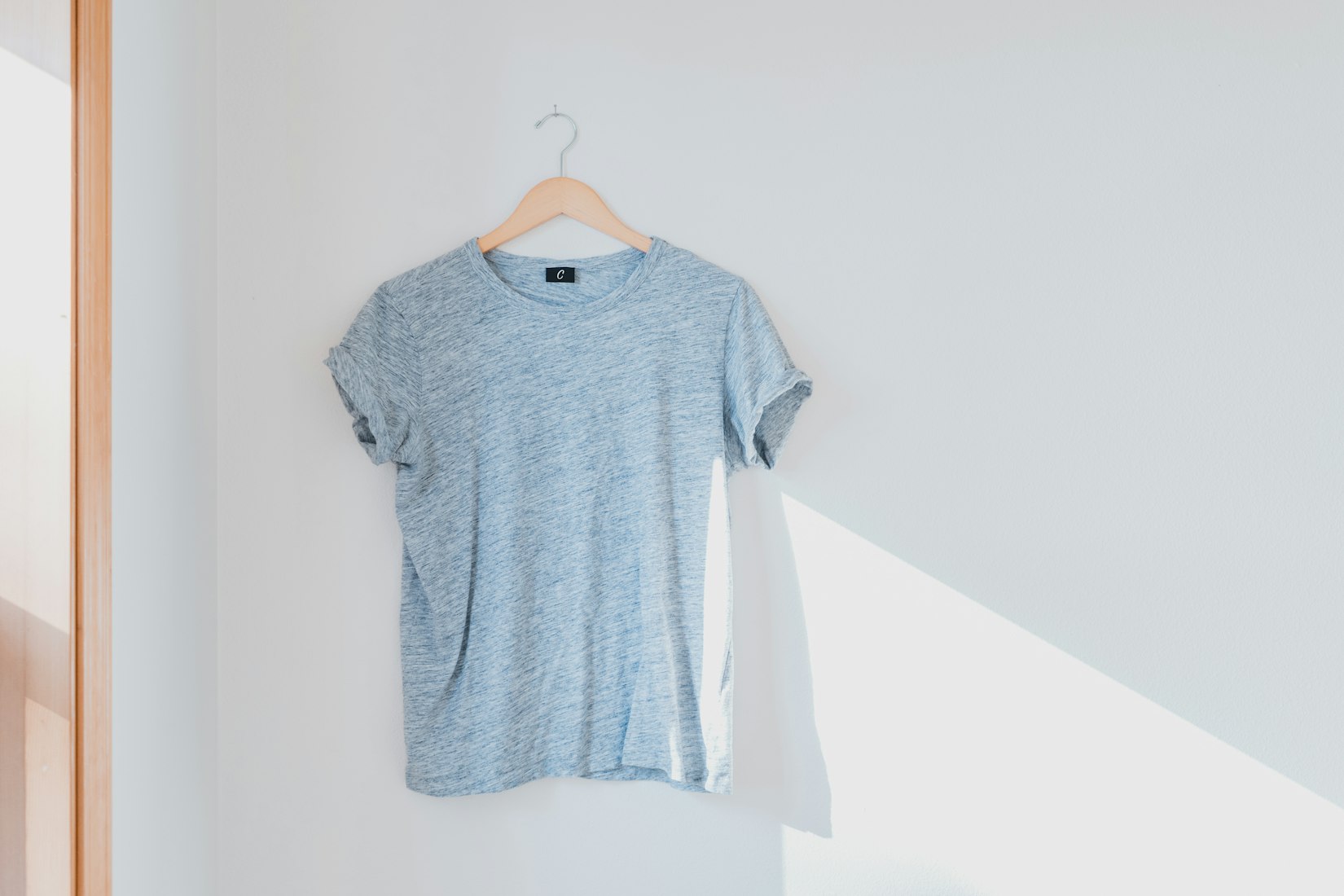
 English
English Arab
Arab
